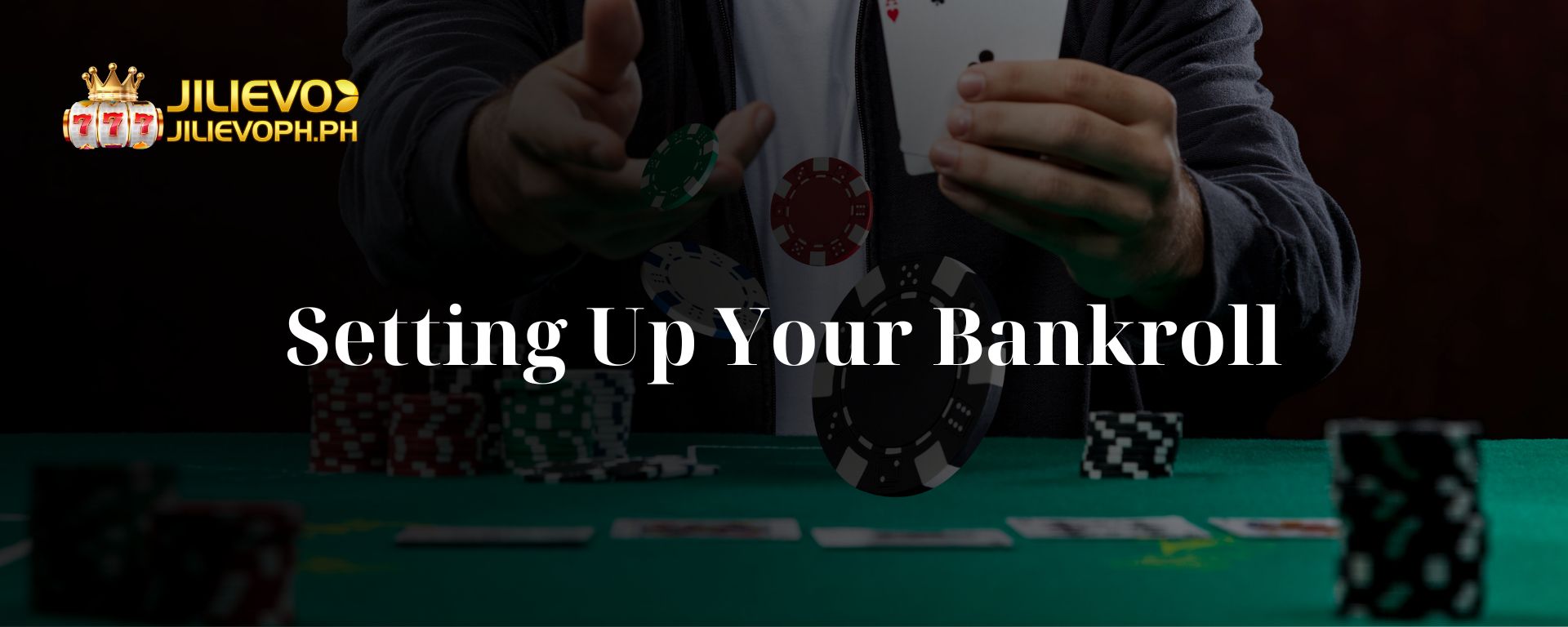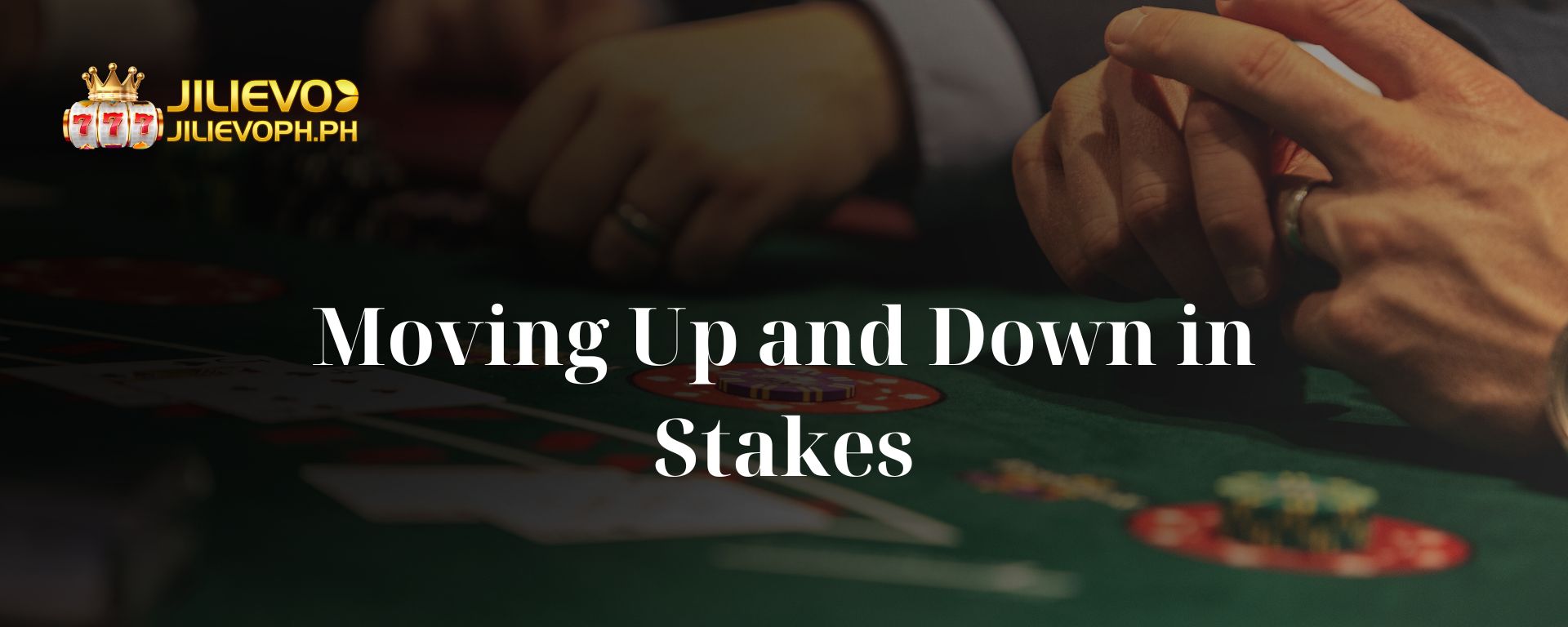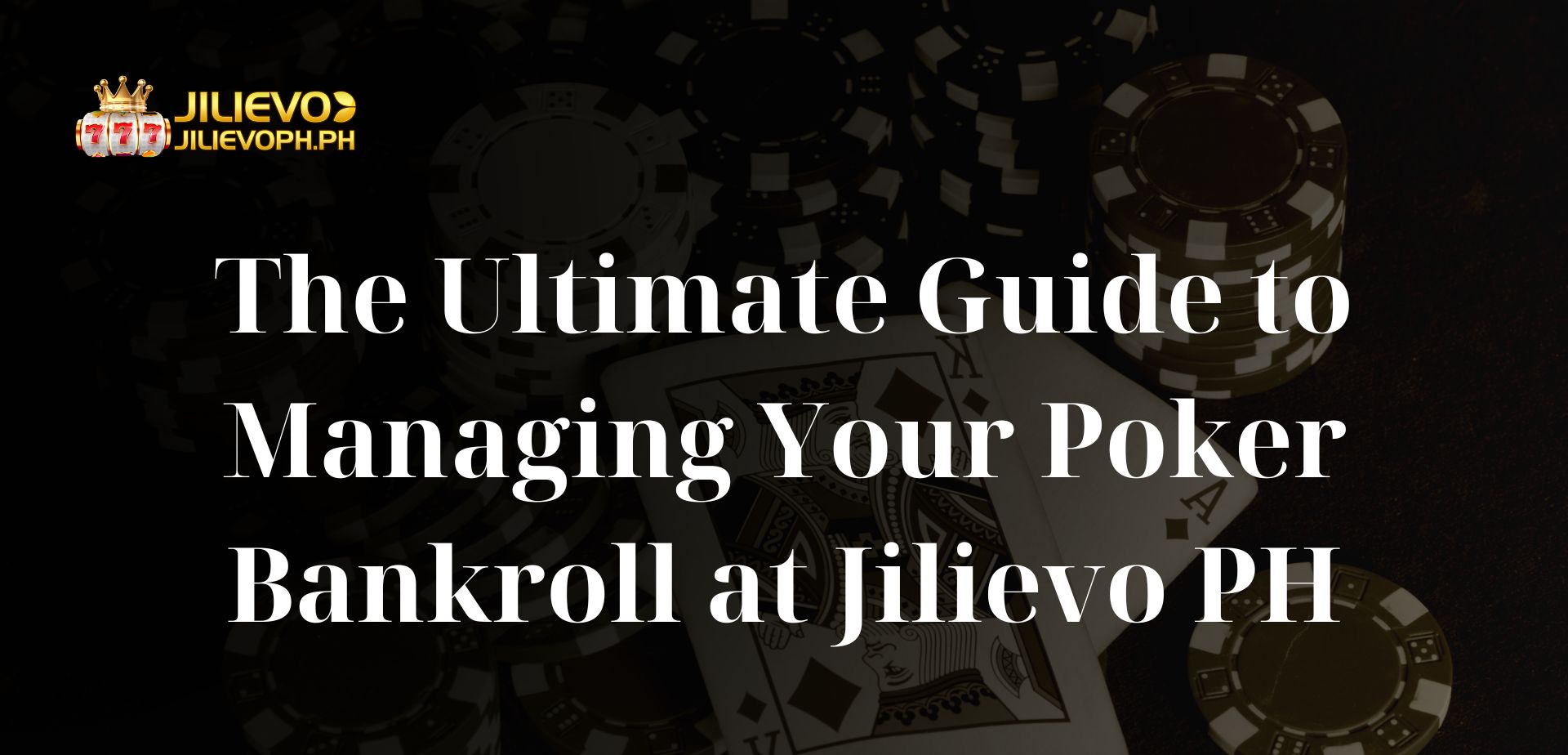Understanding your bankroll is paramount in poker—it’s your dedicated financial reserve for playing. Having a robust bankroll can distinguish between a fleeting moment of luck and establishing a reliable income stream from poker. Mismanagement of your bankroll can lead to the unfortunate situation of going broke, stunting your growth as a player. Let’s explore how to adopt responsible and effective bankroll management techniques. Smart bankroll management Q: I work part-time. How does this influence my bankroll management?
Table of Contents
ToggleSetting Up Your Bankroll
Skill Level: Be brutally honest about your own abilities. Beginners should aim for a larger buffer (more buy-ins) to navigate the steep learning curve more comfortably.
- Types of Games: Cash games and tournaments necessitate different bankroll amounts. Tournaments usually carry greater variance, resulting in more extreme swings.
- Risk Tolerance: Consider how much money you can afford to lose without stressing about it. This awareness helps you make rational decisions when adversity strikes.
- It’s essential to keep your poker funds distinct from your everyday expenses. Using your rent money for gambling is a slippery slope! Establishing a solid mindset right from the beginning lays the groundwork for your success.

The term 'buy-in' refers to the funds you present at the poker table, whether in a cash game or a tournament context. Selecting appropriate buy-in levels is crucial for sound bankroll management.
Choosing the Right Buy-in Levels
Cash Games: A good rule of thumb for cash games is to possess at least 20-30 buy-ins for your chosen stakes. For instance, when playing $1/$2 No-Limit Hold’em, you should ideally start with a bankroll of $40-$60.
- Tournaments: Due to their inherent volatility, tournaments require a larger bankroll, typically ranging around 50-100 buy-ins based on the type of tournament you enter.
- Skill-Dependent Adjustments: If you’re just starting, it’s prudent to have even more buy-ins at your selected stakes. As you gain experience and start racking up wins, you can gradually decrease the number of buy-ins needed according to your bankroll strategy.
- Key Point: These figures are mere starting suggestions. Be ready to lower your stakes if you hit a rough patch—that approach helps safeguard your poker bankroll.
Variance is a fundamental aspect of poker. It signifies the short-term fluctuations each player experiences—even those at the top of their game. Even if you're a seasoned player, you may still face losing streaks due to factors outside your control. Understanding and embracing variance is crucial for effective bankroll management.
Understanding Variance
The goal is to maintain a sufficient bankroll to endure the inevitable downturns. It's a common pitfall to think, 'I’m skilled; I don’t need that many buy-ins,' but this mindset can lead to financial peril. Focus on the long haul—your bankroll must sustain both the highs and lows.
Cultivating a strong mental approach is equally essential. Losses can be demoralizing, possibly inducing tilt (leading to emotional playing) which can further harm your bankroll. Remember, discipline is critical!
Recognizing when to adjust your stakes is a key element of bankroll management. Never let pride dictate your choices!
Moving Up and Down in Stakes
You’re consistently dominating your current games.

Moving Up:
- You have an adequate number of buy-ins available for the next level according to your bankroll strategy.
- You feel mentally equipped to face stiffer competition.
- You’re currently in the midst of a notable losing streak.
Moving Down
- You’re having difficulty overcoming your existing stakes.
- You need to regain your confidence along with your bankroll.
- There’s absolutely no shame in temporarily moving down in stakes. This is a wise precautionary tactic and far smarter than stubbornly risking your bankroll to maintain a higher level.
Q: I have a part-time job. How does this influence my bankroll management?
Poker Bankroll FAQs
A: Definitely! A steady income allows for more flexibility with your bankroll. You could reload (add funds) when necessary, yet be cautious not to develop a dependency on your job for covering poker losses. Always engage in responsible play within your means.
Q: Can I top up my bankroll if I run out of funds?
A: Yes, it’s possible, but proceed with caution. Frequent reloads could indicate that you’re playing at stakes that exceed your skill level, or that there are significant flaws in your gameplay that need to be addressed. Reloading should be an exception, not a rule.
Q: Are there specialized resources or applications for managing my bankroll?
A: Absolutely! Numerous apps and websites exist that are specifically designed to track poker results, analyze performance data, and even provide bankroll management advice. Take the time to explore your options and find the ones that align with your playing style.", ' is a vital skill for any poker player aspiring for longevity in the game. It distinguishes serious players from casual ones who merely wish to increase their winnings and hone their craft. By adopting the strategies and mindsets discussed here, you’ll place yourself in a strong position to protect your bankroll and rise through the ranks of poker.', " Address: 1785 E Rodriguez Sr. Ave, Quezon City, 4332 Metro Manila
Enjoy free spins and weekly bonus offers.", ' as we have rebranded. Complete your registration and enter the same phone number to receive', "Please provide your contact details so our customer service team can reach out to assist you.
Conclusion
Responsible bankroll management at Jilievo PH The Comprehensive Handbook for Effectively Handling Your Poker Bankroll at Jilievo PH

